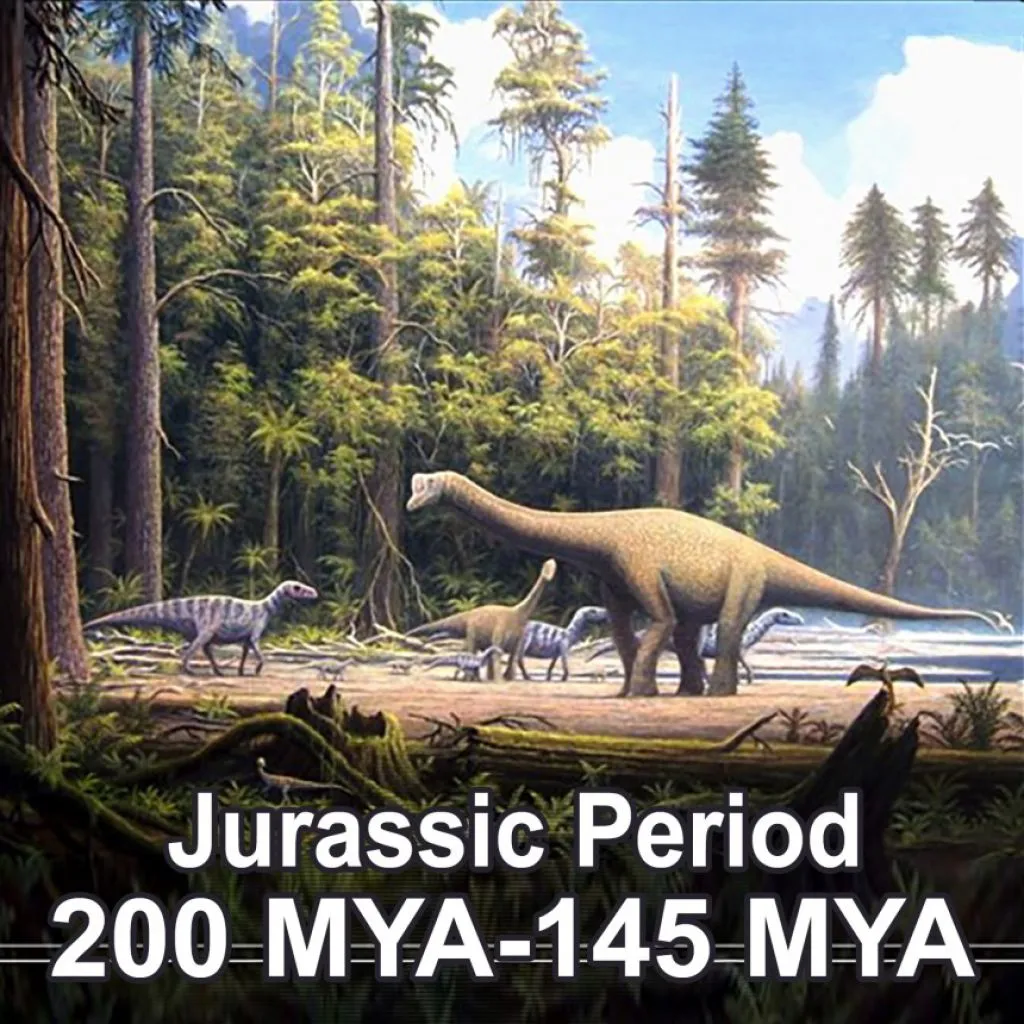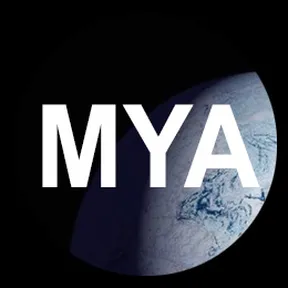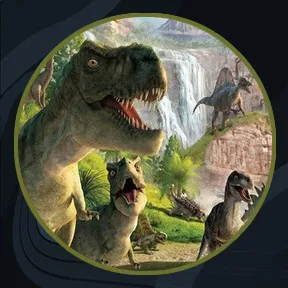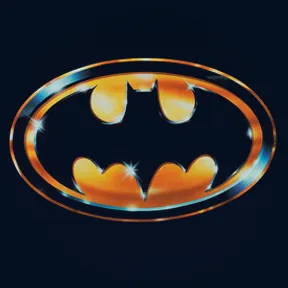
The Jurassic Period
The Jurassic (from Jura Mountains) was a geologic period and system that spanned 56 million years from the end of the Triassic Period 201.3 million years ago (Mya) to the beginning of the Cretaceous Period 145 Mya.
The Jurassic constitutes the middle period of the Mesozoic Era, also known as the Age of Reptiles.
The start of the period was marked by the major Triassic–Jurassic extinction event.
Two other extinction events occurred during the period: the Pliensbachian/Toarcian event in the Early Jurassic, and the Tithonian event at the end, however, neither event ranks among the "Big Five" mass extinctions.
The Jurassic period is divided into three epochs: Early, Middle, and Late. Similarly, in stratigraphy, the Jurassic is divided into the Lower Jurassic, Middle Jurassic, and Upper Jurassic series of rock formations.
The Jurassic is named after the Jura Mountains within the European Alps, where limestone strata from the period were first identified.
By the beginning of the Jurassic, the supercontinent Pangaea had begun rifting into two landmasses: Laurasia to the north, and Gondwana to the south. This created more coastlines and shifted the continental climate from dry to humid, and many of the arid deserts of the Triassic were replaced by lush rainforests.
On land, the fauna transitioned from the Triassic fauna, dominated by both dinosauromorph and crocodylomorph archosaurs, to one dominated by dinosaurs alone.
The first birds also appeared during the Jurassic, having evolved from a branch of theropod dinosaurs.
Other major events include the appearance of the earliest lizards, and the evolution of therian mammals, including primitive placentals.
Crocodilians made the transition from a terrestrial to an aquatic mode of life.
The oceans were inhabited by marine reptiles such as ichthyosaurs and plesiosaurs, while pterosaurs were the dominant flying vertebrates.

















































